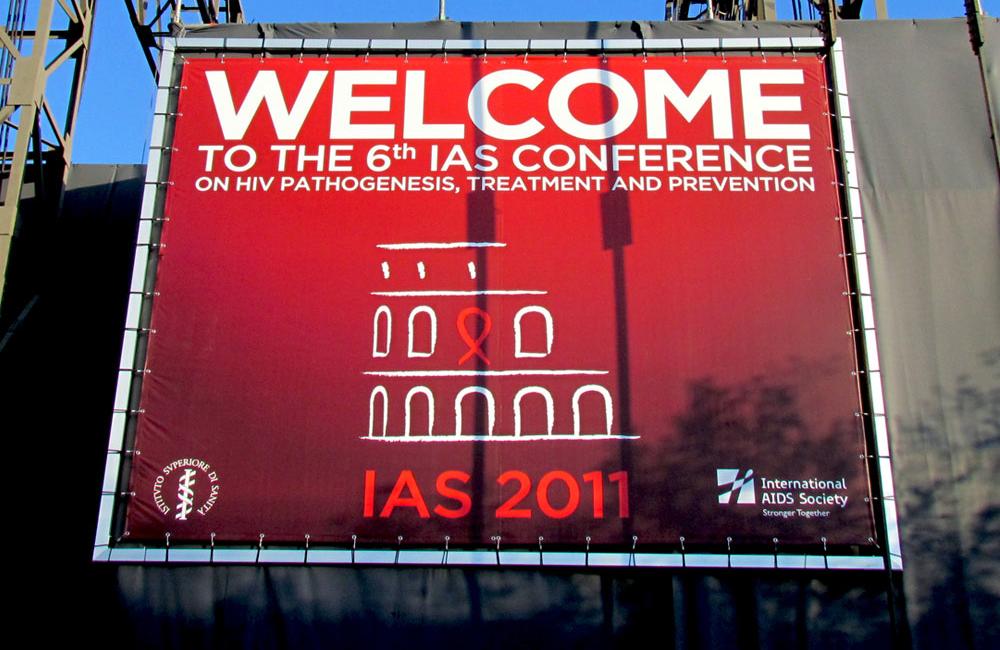
Two things stand out from the IAS 2011 conference programme. The first is that, overwhelmingly, the most exciting news from Rome will be about prevention.
We will hear more about the two pre-exposure prophylaxis (PrEP) studies, whose results were published last week. There’s very exciting news about the role treatment is playing in preventing onward transmission. There’s even more on the impact of circumcision programmes in Africa, prevention of mother-to-child transmission and microbicides.
In the words of the International AIDS Society’s Chair and President, Dr Elly Katabira at the opening session of the conference, “We are at a scientific watershed in the global AIDS response. We have witnessed two years of significant biomedical advances, the likes of which we have not seen since the antiretroviral breakthroughs of the mid 1990s.”
The second is that there is relatively little news here about new antiretrovirals to combat HIV. What news there is is encouraging but it makes up a far smaller proportion of the conference programme than in previous years.
Instead we will hear much more about the complications posed by co-infections and how best to deliver services in resource-limited settings, including task shifting (where work traditionally done by doctors, is reassigned to other healthcare workers – for more on this, see our publication HIV & AIDS Treatment in Practice, which regularly reports on the benefits and challenges of task shifting in resource-limited settings).
Of the two alternating annual International AIDS Society conferences, this is the one with the juicy science. Around 5000 doctors, researchers, scientists, community leaders and advocates have descended on Rome to hear the very latest data and NAM will ensure you receive all the important highlights.
Whether or not you’re attending, you can keep pace with the conference by signing up to our daily bulletins here and you can find more information about our wider coverage at www.aidsmap.com/ias2011. If you’re feeling inspired by the conference and want to get in touch and network with organisations working in HIV around the world, visit our new-look e-atlas at: www.aidsmap.com/e-atlas.
Rome is hot, very hot. You can expect the news from here, over the next few days, to be likewise.
